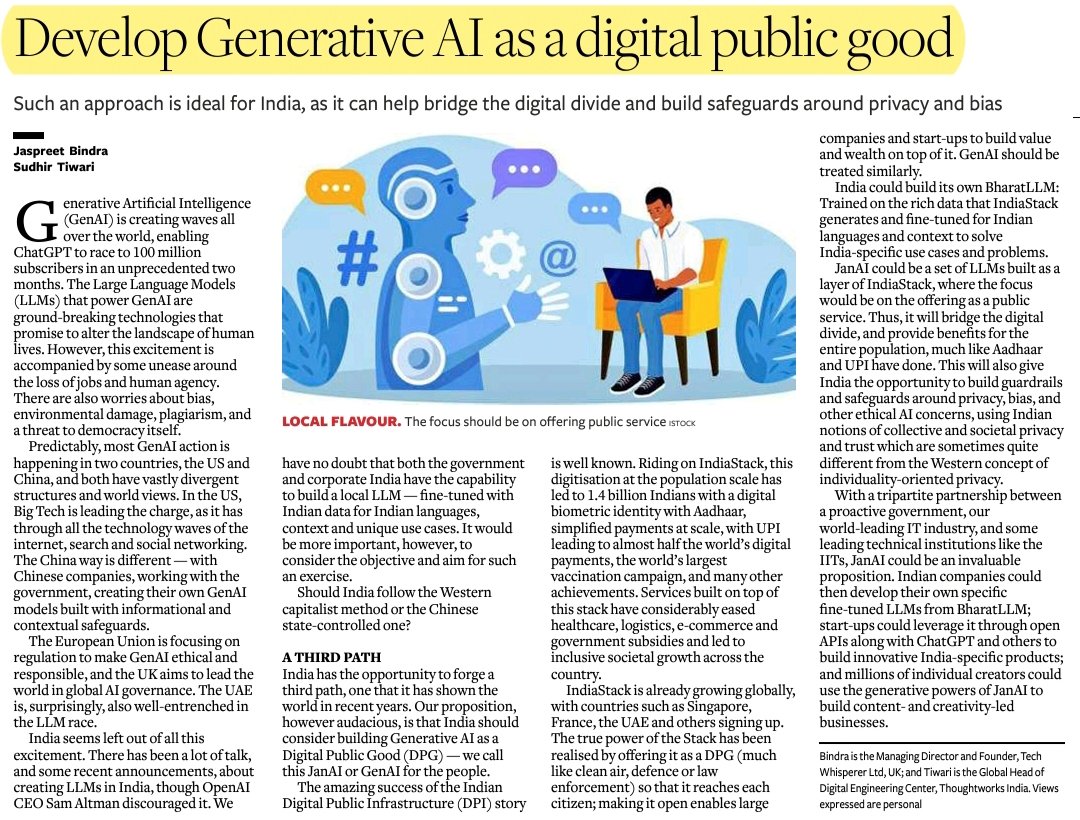Unveiling the Future of Cybersecurity and AI: The Innovations of Red Sift and Michael Feil
The digital landscape is evolving at an unprecedented pace, and within this landscape, cybersecurity stands as a critical frontier. At the heart of this evolution are transformative technologies, chiefly among them, large language models (LLMs). In a world increasingly defined by automated threats and systemic vulnerabilities, two pioneering entities are stepping forward: Red Sift, with its groundbreaking tool Radar, and AI innovator Michael Feil, who is redefining long-context language models. This article delves into their contributions, exploring both the urgency in contemporary cybersecurity and the innovative mechanisms being employed to combat emerging threats.
Red Sift’s Radar: A Game Changer in Cyber Defense
In September 2023, Red Sift Ltd. made headlines with the launch of its new AI-driven tool, Radar. This intelligent assistant was engineered to help security teams identify and address vulnerabilities inherent within email, domains, and other internet-facing assets. In an environment where generative AI poses one of the most significant threats to organizational security, Radar emerges as a critical ally, aiming to preempt incidents before they materialize.
Red Sift’s innovative Radar tool designed to enhance cybersecurity.
Radar boasts a user-friendly interface powered by a large language model that translates complex cybersecurity queries into clear and concise conversations. This attribute ensures that technical and non-technical users alike can effectively utilize the tool. Moreover, Red Sift positions Radar as a means for teams to enhance their skills without the need for burdensome training, thus democratizing knowledge across departments.
At its core, Radar seeks to bridge the widening gap between burgeoning AI-enabled attacks and the tools available for defense. Red Sift argues that traditional security teams are often under-resourced in their battles against AI intrusions. By embedding domain-specific intelligence directly into existing workflows, Radar offers actionable insights that help organizations proactively spot misconfigurations and prevent potential attacks. Through automation and AI-driven analysis, the tool eliminates the tedious need for manual data collection from multiple sources, ultimately enhancing operational efficiency.
Integrating with Existing Systems
Notably, Radar interfaces seamlessly with Red Sift’s OnDMARC service, marking it as the first LLM assistant embedded in an automated domain-based message authentication, reporting, and conformance (DMARC) application. This integration facilitates the identification of email misconfigurations and guides teams toward rectifying these issues, effectively fortifying defenses against prevalent threats such as phishing and other email-based scams. In an age where email has become a primary vector for attacks, this capability cannot be overstated.
“The automation, intelligence, and precision we’ve achieved with Red Sift Radar represents a major leap forward,” states Rahul Powar, co-founder and CEO of Red Sift. His confidence reflects a larger trend within the cybersecurity industry—an urgency to adapt to the ever-changing threat landscape with speed and accuracy.
The Visionary Approach of Michael Feil
As we turn our attention to the world of long-context language models, we find Michael Feil—a visionary innovator at Gradient.ai. Feil’s work is focused on creating frameworks for LLMs that not only process vast amounts of information but also maintain coherence across lengthy text sequences. His journey into AI industry started with a strong foundation in machine learning during his internship at Bosch Research in 2019.
Long-context language models have the potential to revolutionize various sectors, enabling machines to understand and generate human-like text across numerous applications—from coding to healthcare assessments. Yet, maintaining consistency and relevance across extensive text sequences remains a significant hurdle to overcome.
Pioneering Innovations Against Long-Context Challenges
Feil’s notable project, Infinity, addresses these long-standing challenges in long-context models by enabling efficient deployment of encoder LLMs. This new service enhances the processing capabilities for extensive informational inputs, a necessity in today’s data-heavy landscape. Recognizing that many open-source LLM projects struggle with production readiness and developer experience, Feil has emerged as a key figure in fostering innovative solutions.
Utilizing techniques like Ring Attention, Feil’s approach allows the management of complex calculations by breaking them into smaller, parallelizable tasks. This not only reduces computational load but also accelerates performance significantly – a revelation that has sparked intrigue across various sectors, culminating in widespread recognition during its recent trending debut on platforms like HuggingFace.
Michael Feil and his contributions to long-context LLMs.
Recognition and Community Impact
The impact of Feil’s work is far-reaching. His innovations have gained traction among industry leaders, with companies like SAP and Vast adopting his technologies. Furthermore, by providing his projects as open-source, Feil democratizes access to advanced AI, promoting broad-scale improvements in the field.
His commitment goes beyond technological prowess; Feil is dedicated to mentorship and fostering a community of AI professionals. By sharing his key insights at conferences and industry-focused podcasts, he inspires others in the field, thus amplifying his influence.
Conclusions: The Intersection of Innovation and Necessity
As organizations navigate the rocky landscape of cyber threats, tools like Red Sift’s Radar and the groundbreaking initiatives led by Michael Feil provide a beacon of hope. The advancements in AI for cybersecurity and long-context models signify a shift toward a proactive and informed approach in handling vulnerabilities and threats. Through their commitment to innovation and collaboration, these entities are setting the stage for a new era—one wherein AI does not merely react to threats but anticipates and neutralizes them.
As we advance into an AI-infused future, the contributions from these leaders will undoubtedly resonate across industries, laying the groundwork for robust security measures and intelligent systems capable of supporting a myriad of applications. The marriage of AI and cybersecurity is no longer a distant dream; it is an evolving reality, powered by the ingenuity of those daring to challenge existing paradigms.


 Photo by
Photo by 












